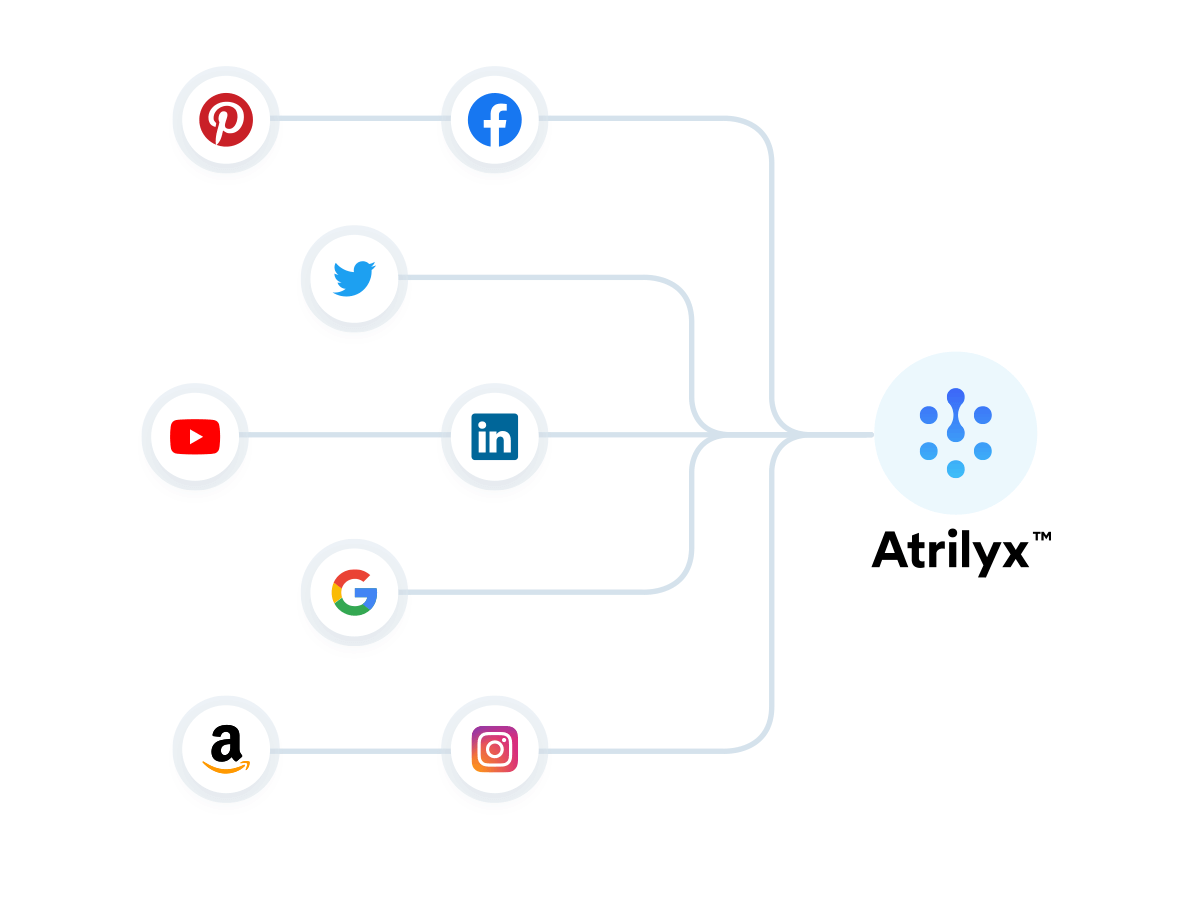A common way consumers interact with brands is via a screen. In a world of short attention spans and an inclination to view rather than read, one of the best ways to maximize marketing dollars is to lean into video marketing. Regardless of industry, if you aren’t working on your small-screen strategies, you’re missing out on opportunities to build a loyal fan base.
The Impact Of Video Marketing
According to a
recent survey, 82% of consumers have been convinced to buy a product or service by watching a video, and
89% of respondents said they wanted to see more videos from brands in 2024. More than
90% of businesses use video marketing already as video marketing has been proven to be particularly helpful for reaching people on the go, notably those in the 18 to 34 age range. Statista notes that
79% of that age group (paywall) uses their phone to watch video content weekly.
Video marketing works in numerous places, but it can be particularly effective for building social engagement. When mobile phone users watch video content, they often do so via social platforms like YouTube and TikTok. Marketing videos can also help your brand build a trustworthy image, as consumers may view the brand as more personable and relatable. In my experience, it also improves SEO, since adding a video sends quality signals to Google and encourages visitors to stay on a page longer. That means adding even just a few marketing videos to your portfolio can boost your website’s Google ranking.
Video Marketing For Every Stage Of The Marketing Process
No matter the marketing technique or medium, multi-touch attribution is vital. In my work, holistic attribution is our focus because it provides a complete view of the buyer’s journey and the point where buyers make a purchasing decision. However, no matter where a consumer is in the buyer’s journey, the ever-versatile marketing video can prove impactful, and the best way to maximize your ROI is to implement marketing videos at different stages.
For example, you can use marketing videos to:
• Raise brand awareness on social media and generate leads for email marketing.
• Educate prospects about your products or services, being sure to reinforce unique selling points.
• Nudge consumers toward conversion by justifying the purchase.
You can even, in certain cases, use marketing videos to provide post-purchase validation. Making available tutorials that walk consumers through the usage of their new gadget or service can help enhance customer satisfaction, thereby building brand loyalty.
Best Practices For Maximizing Video Ad Spend
Maximizing ROI requires a thoughtful approach. Consider the following best practices when creating and promoting videos:
Define your audience.
The most basic best practice for any marketing medium is to know who you’re talking to because that informs exactly what you’ll say and how you’ll say it. Think beyond standard demographics. Consider your audience’s pain points and how your product or service solves them.
Embrace a hyper-focus.
Your company may do many things well and provide a wide range of services, but you should only choose one to focus on in any given marketing video. Instead of discussing, for instance, your company’s commitment to customer care, long track record of success and eco-friendly practices, choose just one to explore. Most importantly, provide specific facts or a case study that substantiates your claims.
Don’t bury the lede.
The average attention span is about
47 seconds, but you may only have a few seconds to capture someone’s attention before they click away. Don’t bury your most captivating information at the midpoint or end of the video. Put the best stuff within the first few seconds.
Include captions.
Captions are a necessity considering one report found that
92% of users keep the sound off when watching videos online. As an alternative to the standard, bottom-of-the-screen captions—or to supplement them—you can use other visible words. For example, see Duolingo’s
“The Unignorable Notification” video.
Use animation.
Using animation in marketing videos can be a smart idea for boosting your SEO power because animation can entice people to watch marketing videos longer, which sends signals to Google that it should bump your page up in the rankings. (Not to mention that capturing your audience’s attention longer can give you more time to convince them to make a purchase.) In turn, increased page rankings can lead to both increased traffic and a better return on investment.
Break the brand voice rule.
It’s standard practice to keep one’s brand voice uniform across all marketing materials. However, it can be worth it to make adjustments to your voice to suit different platforms and purposes. Even if your company has a formal, authoritative voice, it’s possible to adopt a more casual, approachable tone with videos—especially if you intend to post the video to social media.
Use multi-touch attribution.
In my experience, data-driven decision-making yields the highest ROI. With multi-touch attribution, you can see which videos perform best, allowing for more efficient budget allocation. This data can also inform your production of future high-performing content and allow you to eliminate underperforming content.
Video marketing doesn’t have to be overly complicated; just start with one explainer video and build your portfolio from there. Remember: As effective as marketing videos can be, they are still only one component of an overall marketing strategy. Your campaign should be supported by other techniques and mediums—and the entirety needs to be tracked thoroughly, as multi-touch attribution is essential for making the informed tweaks that help you get the most out of your ad spend.



